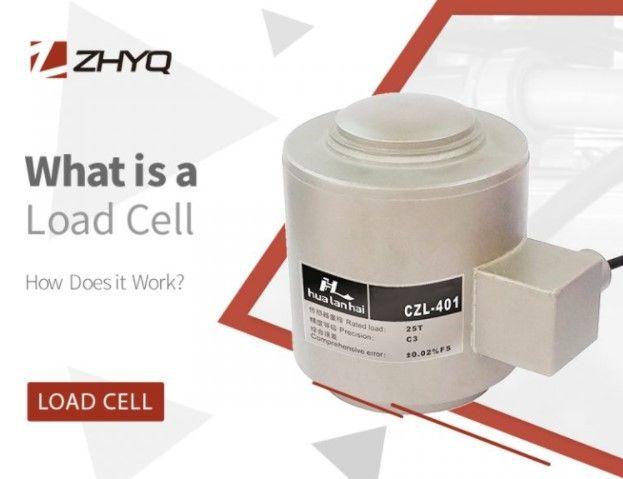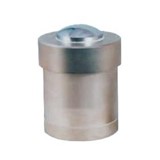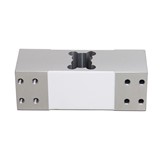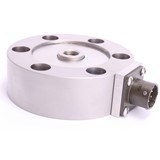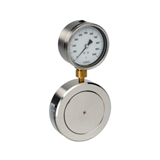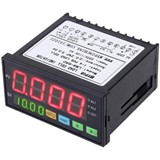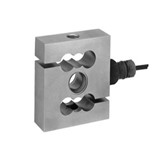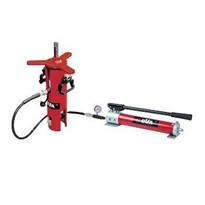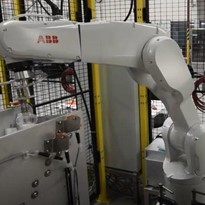Pneumatic load cells are sometimes used where intrinsic safety and hygiene are desired, and hydraulic load cells are considered in remote locations, as they do not require a power supply. Strain gauge load cells offer accuracies from within 0.03% to 0.25% full scale and are suitable for almost all industrial applications.
How does a load cell work?
A load cell works by converting mechanical force into digital values that the user can read and record. The inner working of a load cell differs based on the load cell that you choose. There are hydraulic load cells, pneumatic load cells, and strain gauge load cells. Strain gauge load sensors are the most commonly used among the three. Strain gauge load cells contain strain gauges within them that send up voltage irregularities when under load. The degree of voltage change is covered to digital reading as weight.
When to use a load cell?
A load cell measures mechanical force, mainly the weight of objects. Today, almost all electronic weighing scales use load cells for the measurement of weight. They are widely used because of the accuracy with which they can measure the weight. Load cells find their application in a variety of fields that demand accuracy and precision. There are different classes to load cells, class A, class B, class C & Class D, and with each class, there is a change in both accuracy and capacity.


